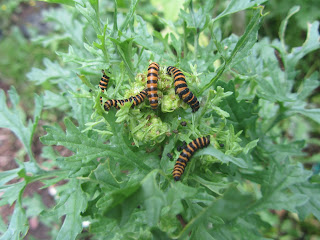Questions about CWS history on the site:
-I am still following up on these but wanted to make sure that I had them all written down, are there others?
*does CWS have a relationship with the golf course across Nicol?
*does CWS have a Permit of Entry for the radio tower property to the east?
*what do the red posts out in the floodplain mean?
Environmental Education resources:
We talked about a couple education activities like water quality monitoring, turtle surveys and egg mass surveys etc…
I emailed a contact who used to do community egg mass surveys for Portland Parks and Rec to ask about resources for that. I will let you know if I hear back.
Tracey Dulin (currently one of CWS’s Water Resources Project Managers, formerly involved in the DSL mitigation work and large wood placement in the floodplain out there) does all of our turtle surveys and has resources about protocols, building basking structures and surveying I could pass along. They might be able to help with ID training in the spring but this one would involve you guys having spotting scopes or at least binoculars so I don’t know if it is too equipment intensive.
And the best contact for any other activities you are looking for would be our Public Information Specialist who focuses on all of our education and curriculum coordination. Her name is Ely Teragli and she’s great. Are you familiar with our River Rangers program? That would be something she could coordinate with you as well as other modules like macroinvertebrate sampling etc…
Potential Service Learning Projects:
-planting at SPARC property: I am following up with Christian about container plant availability this fall. It sounds like this area is already prepped and would be a good first planting area. As we do more invasives removal there will hopefully be more areas in subsequent years to do planting or live staking projects.
-invasives removal: CWS is planning to do some “heavy lifting” invasives removal in areas around the pond that have already been planted and in areas where future planting could occur. Once this happens (hopefully this summer and fall) there could be areas that a group of student could take on to pull resprouts and maintain.
-trailing clearing/mulching
-this could be a good service project for an older group that would encourage use by other groups and younger students
-trail building in the 100 year floodplain will trigger development mitigation if the path is paved or wider than 3 feet but clearing the existing trail and wood chipping etc… should be no problem (we could even mulch up any trees removed during contracted work to use on site for path maintenance)
USGS stream gauges (just for reference):
-two on Fanno:
Upcoming CWS work on site:
-invasives removal with contractors
-expanding planting areas
-Beaver Dam flow device?
-I passed along to my supervisors how disruptive the flooding has been as well as your commendable interests in working with the beaver and educating your students about their ecological role.
-we will be coming back out to the site to evaluate the situation a little more and see if we can install one of those flow devices I talked about.
-if this happens there could be some ongoing student participation in monitoring water elevation behind the dam (which would tell you if there was a problem with it getting clogged or anything) and making seasonal observations about flooding, beaver activity etc…
-I will let you know as soon as we walk the site, if we do install the device we can make sure an take pictures so your students can see what we did as it is a neat ecological engineering project.
Ok, what did I forget? Once again, glad to hear you are all so interested in getting your students outside and involved in environmental education.
We will also plan on coordinating about a meeting time this fall to go to the SPARC site, talk about replanting and follow up on these other items. I look forward to seeing you all then.
Sincerely,
Margaret
Margaret Wagner
Water Resources Specialist
Clean Water Services
2550 SW Hillsboro Hwy
Hillsboro, OR 97123
(503) 681-4435 office
(503) 681-3603 fax
 Armed with observation journals, magnifying lenses and fish nets, 5th graders have set out to explore and understand our OES wetlands this fall. With a focus on plants, soil and water, the students are striving to answer "What is a wetland?' and "Why should we protect it?." In pairs, the 5th graders selected a special spot to observe over time through measuring, drawing, journaling and listening.
Armed with observation journals, magnifying lenses and fish nets, 5th graders have set out to explore and understand our OES wetlands this fall. With a focus on plants, soil and water, the students are striving to answer "What is a wetland?' and "Why should we protect it?." In pairs, the 5th graders selected a special spot to observe over time through measuring, drawing, journaling and listening.








